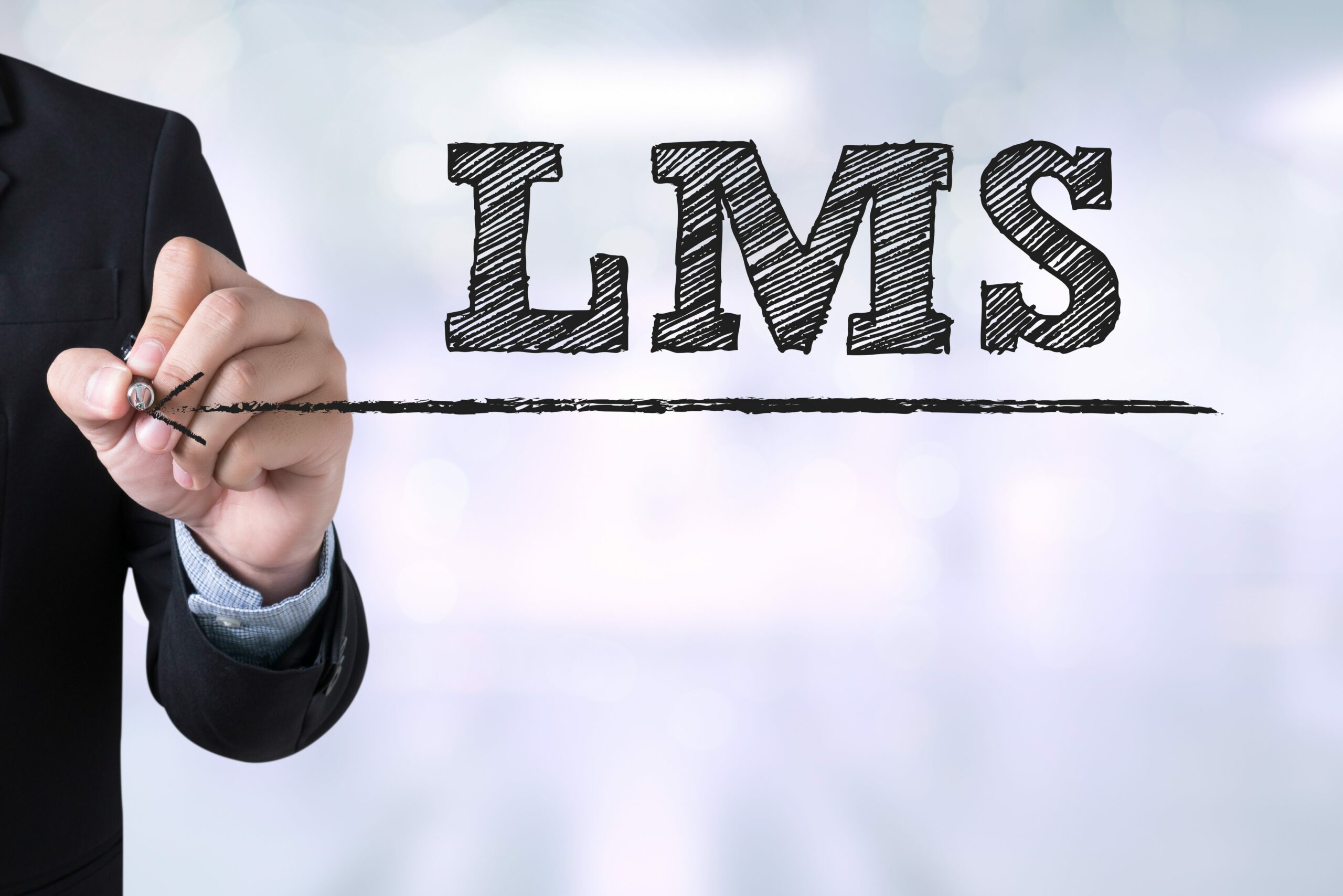

There’s a lot of talk about the fate of the LMS these days. Some argue it’s going the way of the dinosaur. Others contend that demand is booming and the future of the LMS is bright.
For example, read the battling viewpoints expressed on this site between Carol Leaman of Axonify and Joe Majors of Saba. Leaman believes the LMS is close to extinction due to the rapid growth of tools and resources that deliver learning outside the LMS. On the other hand, Majors says the LMS is alive and well and continues to evolve to meet learners’ needs. The challenge, he says, actually lies with learning leaders not fully understanding how to best use an LMS.
As with most contentious debates, the truth lies somewhere between the extremes. I’d like to balance these views with a more pragmatic view: The LMS isn’t dead but it’s not in a great place either.
We need to start by defining what we mean when we say LMS. Generally, we define software systems by the common sets of functionality they share. This is the first place where confusion seeps into the LMS argument. There are huge variances between systems that call themselves an LMS. There are three primary functions of an LMS:
- Delivering learning experiences and managing enrollments (largely e-learning).
- Managing instructor-led training, or ILT, and classroom resources.
- Keeping track of who has done what, largely for compliance purposes.
At its core, the LMS should perform these three functions really well. While these functions only make up about 20 percent of what most enterprise LMSs can do, they account for about 90 percent of what people actually use.
There are dozens of other ancillary services that the LMS also claims to provide but typically aren’t well performed — or at least not as good as best-of-breed tools that serve the same purpose. Common examples of mediocre ancillary LMS functionality include social learning, mobile learning, content management, performance support and reporting and analytics.
But these issues aren’t really the LMS vendors’ fault. As an industry, we demanded that LMS vendors provide these ancillary services because there wasn’t an interoperable way to integrate best-of-breed systems into a learning ecosystem. The L&D industry forced LMS vendors to expand beyond their core competencies. Demand is increasing for digital learning systems and so is the demand for features and functions. Customers will continue to procure systems to deliver a wide range of functionality. That won’t be changing anytime soon.
The LMS will still be used for the primary functionalities (delivering learning, managing ILT and compliance), which it does well. These functions will be around for a long time to come but now some of them can be delivered by independent best-of-breed tools.
Today there is an explosion of new and innovative tools entering the marketplace, each of which is trying to carve out a new role in the modern learning ecosystem. Many of them are really good at performing the ancillary functions of the LMS. Their key differentiator is that they are putting the learning experience first, not the learning management.
In other words, the LMS isn’t dead. It’s just being knocked off its pedestal. It will no longer be the center and entirety of the corporate learning ecosystem. The LMS will be just one part of many.
Experience API, or xAPI, allows these next-generation tools to work together and share detailed data with learning record stores that perform powerful analytics. We can start to see which of these systems and methodologies are actually effective and drive a culture of continuous improvement.
That’s a very different attitude that holds the promise of dramatic progress and should elevate L&D to become a strategic imperative in today’s knowledge-based economy.
That’s a good thing for all of us, including the LMS vendors. But to get there we need to collaboratively define the architecture of this new learning ecosystem with consistent labels and terminology. We can’t lump every system that delivers learning into the LMS category.
Learning is an activity that happens everywhere, all the time. Learning will never happen in just one place or in one system. We need to embrace the modern learning ecosystem and understand that different tools, including the LMS, will have their own unique roles to play.
And one more thing. Mr. Majors, if you really believe that today’s upstart learning companies are a bunch of “wannabes,” I strongly recommend that you drop whatever you’re doing right now and read the “Innovator’s Dilemma,” by Clayton M. Christensen.
The very argument you’re making — that “modern learning [management] systems come packed with all the tools modern organizations need”— is precisely what leaves large LMS providers vulnerable.
All of these tools are still needed but a monolithic system that has evolved from a 20-year-old model is no longer the best way to deliver them.
Mike Rustici is founder and CEO of Watershed, a learning record store that bridges the gap between training and performance. A 20-year veteran of the e-learning industry, he helped guide the first draft of Experience API, a learning interoperability standard. He can be reached at editor@CLOmedia.com.















